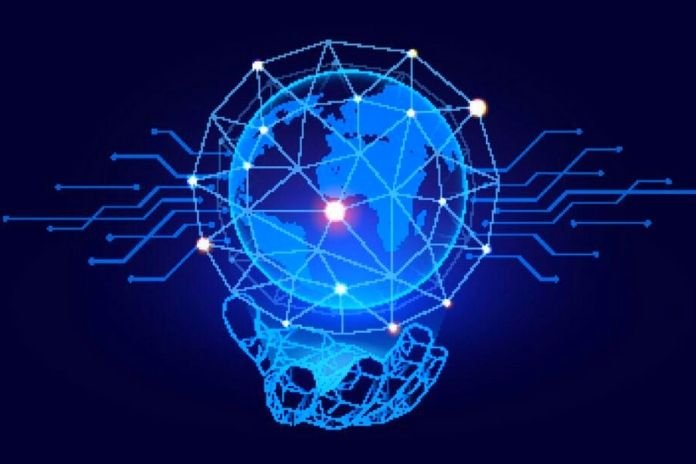Is your organization embracing Technological Innovation? What is she exactly? And if you’re not hugging her yet, should you start now? Technological Innovation can be defined as the acceleration of business activities, processes, competencies, and models to fully leverage the changes and opportunities of digital technologies and their impact strategically and directly.
It will allow you and your IT team to act more strategically and less operationally. It’s no wonder that more and more CIOs are investing in digitizing their processes. According to the IDX Business Digitalization survey carried out by IDC, Brazilian and Latin American companies achieved a digitization rate of 67.5 on a scale from 0 to 100. It is a relevant number, but there is still much to improve. And to help you on that journey, below we list some of the technologies leading the way in Technological Innovation. Follow us!
What Is And What Is The Importance Of Technological Innovation?
Before talking about the technologies themselves, it is necessary to distinguish them. Technological Innovation goes far beyond simply applying devices, ideas, and methods — it allows the company to discover new ways of doing things. For example, Walmart is using Machine Learning and Artificial Intelligence to improve the experience of its customers shopping online.
They have installed large towers in the center of their physical stores where shoppers who have purchased through the online store can scan a QR code on their smartphones and receive the purchased item within 45 seconds. No queues and no talking to attendants. All to improve the customer’s shopping experience.
But this is just a small example of what Technological Innovation can do. To truly understand its potential, below, we have listed the top 5 technologies driving these changes.
Internet Of Things
Internet of Things, or IoT ( Internet of Things ), is a term used to name the process of connecting machines and devices to the internet and cloud computing. The goal is for these devices to be able to collect and transmit data in real-time.
Edge Computing
Think of all the machines and equipment in an industry connected to the internet; how much data will they generate daily? Many, right? In the long run, the traffic of this information to the cloud can be heavy, causing increased latency — time for data to leave the device, travel to the server, and back processed. Edge Computing is a technology that aims to eliminate this problem, reducing latency when sending and processing the data generated by the IoT.
Cloud 3.0
Cloud 3.0 is a technological innovation that seeks to provide companies with actionable intelligence. To do this, the cloud is being pushed into a Building Scale — a building with infrastructure delivered as a single unit, causing the network to disappear behind it. The ultimate goal is to provide the illusion of a giant file system or a giant database.
Deep Learning
Deep Learning (DL) is an Artificial Intelligence function that mimics the functioning of the human brain in processing data and creating patterns for use in decision making. It works as a subset of Machine Learning that has networks capable of learning unattended from unstructured or unlabeled data.
Qubit Generation
Qubit will be the new unit of information, replacing Bit and increasing how computer systems process data. The goal is to give rise to quantum computers that can be used to solve complex problems that are beyond the capabilities of a classical computer.
And Has Your Organization Already Started?
Technological Innovation is not only linked to the implementation of new technologies. It also has to do with how these technologies are adopted and used. Do they bring value to the organization? Are they quickly adopted, or is the organization struggling to integrate these new technologies?
This leads us to think about another important factor for the success of the strategy: customer behavior. What are the customer demands and expectations of the business (and the technology demands to meet those needs)?
Digital business transformation is the biggest challenge in change management. It impacts IT industry structures and strategic positioning and affects all levels of an organization (every task, activity, process) and even its supply chain.
Also Read: Server Less Computing: What It Is And What It Is Used For












